Kaneko Shusuke
Other Name: 金子修介
Age: 69
Birthday: June 8, 1955
Nationality: Japanese
Gender: Male
Shusuke Kaneko was born in Tokyo, 8 June 1955. Drawn to film as a young boy, he filled his early years with science fiction and kaiju movies, giant monsters such as Godzilla and Gamera. Much of TV in Japan in the early and mid-60s was made up of imported shows from America, and Kaneko's imagination was captured by their seemingly endless supply of fantastic themes and far-reaching stories. Among Kaneko's favorites at this time were Star Trek, Lost in Space and The Outer Limits. When not propped in front of the family TV or seated in local cinema houses, Kaneko drew pictures of his favorite monsters, going so far as to collect many of them in his own personal book detailing the history and abilities of the kaiju of the era. Kaneko also created his own manga series for his friends and himself. During his late teens, a screening of the US film The Strawberry Statement perked his interest with its modern sensibility and attempt to express the turmoil the students of that day were experiencing. Armed with an 8-mm camera, Kaneko and some of his friends created their own version of the film. Discovering he enjoyed the filmmaking process, Kaneko felt he had found his calling. However, the Japanese cinema industry was in the midst of a severe crash and though wanting a career in film, Kaneko didn't believe it feasible. Instead, he majored in education at Tokyo Gakugei University with the goal of becoming an elementary school teacher. Yet his desire to be a director never left. Upon graduating he applied for and took the entrance exam at Nikatsu Studios. To his surprise, out of the three-hundred applicants, only he and one other man passed. Kaneko was immediately hired as an assistant director. At this time, Nikkatsu, one of Japan's oldest studios, had fallen upon difficult times. The once great studio, producers of some of the finest films in Japan, had seen ticket sales dwindle rapidly. Japanese sensibility had begun to experience a shift towards the more realistic and personal driven stories found in American cinema and the film industry in Japan was slow to keep up with this change. To stay afloat, Nikkatsu and several other studios took to producing exploitation roman-porno films (short for romance pornography). These movies were quickly made love tales spiced up with partial nudity and sexually provocative situations. Kaneko labored through thirty-five of these productions as an A.D. while at Nikkatsu. In addition, Kaneko also moonlighted as a writer of anime scripts, and penned several episodes of the then hugely popular Urusei Yatsura and Creamy Mami. Kaneko directed his first film in 1984. The movie, Uno Koichiro no Nurete Utsu, was based on the works of erotic novelist Koichiro Uno. That year Kaneko also directed OL Yuri Zoku 19-Sai and Eve-chan no Hime, the latter netting him the "New Director Award" at the Yokohama Film Festival. In 1985, Kaneko directed the film Minna Agechau (I'm All Yours). Though a sexual comedy about a young girl's quest to find true love and "lose it", it was the first mainstream attempt by Nikkatsu in five years. The story was derived from a popular manga of the time. While still considered a newcomer within the industry, Kaneko had become widely recognized for a visual style that reflected Japanese manga sensibility. Kaneko left Nikkatsu and went freelance in 1985. His first film after leaving was the TV movie, The Samurai. This was a screwball comedy produced by Tsuburaya Productions, the creators of Ultraman, that featured several special effect sequences. Two of Kaneko's most endearing films were shot in 1988: Summer Vacation: 1999 and Last Cabaret. Both films helped to cement Kaneko's reputation as a force in Japanese cinema. The two films also earned him the notoriety as a director with the ability to photograph women in rich and alluring ways. Kaneko's ability to bring out their personal beauty and character made him much in demand and to this day remains a staple of his work. Summer Vacation: 1999 was shown in New York City and became his first film released on video outside Japan. Last Cabaret was one of the final roman porno films made by Nikkatsu. The movie is considered an example of the best of the genre. In 1993, Kaneko was invited to America to direct the sequence The Cold for the Brian Yuzna production Necronomicon. It was an experience that profoundly influenced Kaneko, as he has always revered the US style of filmmaking. Kaneko continued directing for a variety of studios and quickly built an impressive resume. When in 1993, Daiei Studios opted to revive their once popular Gamera series, Kaneko's name appeared on their short list of potential directors. Lobbying hard for the job, Daiei eventually awarded the directorial position to Kaneko. For this lifelong fan of kaiju, the task of creating his own film for the genre was the realization of a boyhood dream. Kaneko assembled a core creative staff consisting of then newcomer Shinji Higuchi, one of the cofounders of Studio Gainax, as effect director, and Kazunori Ito, writer of Ghost in the Shell, as scriptwriter. Gamera: Guardian of the Universe, released in 1995, was hailed for its sharp direction, realistic sensibility and groundbreaking effects. Kaiju films had originally begun in Japan with the original Godzilla in 1954 and remained more or less popular through the years. By 1995, however, they had been displaying a lack of originality and had fallen on tired clichés. Gamera was different, and the film successfully laid to rest any claims that the kaiju genre had gone dry. Kaneko followed the film with two successful sequels, Gamera 2: Attack of Legion in 1996 and Gamera 3: Revenge of Iris in 1999. (wikipeda).
List Kaneko Shusuke Drama
-
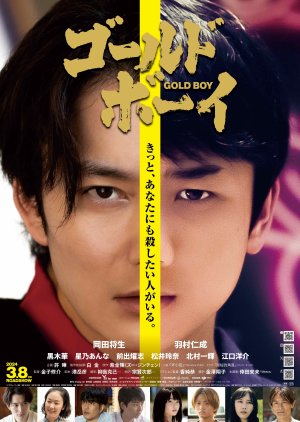 SUB
SUBGold Boy (2023)
07/19/2024EP 1 -
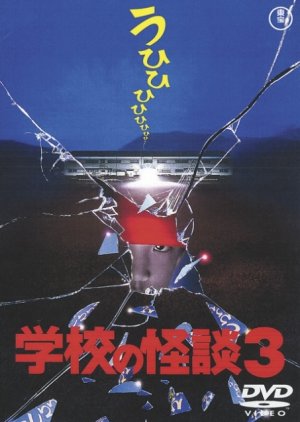 SUB
SUBGakkou no Kaidan 3
05/21/2015EP 1 -
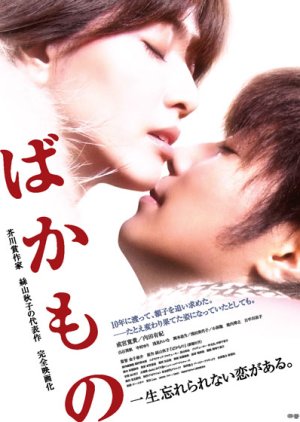 SUB
SUBBakamono
04/01/2015EP 1 -
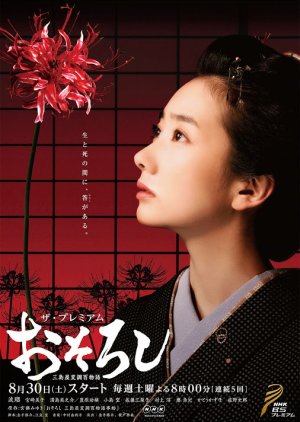 SUB
SUBOsoroshi
10/05/2014EP 5 -
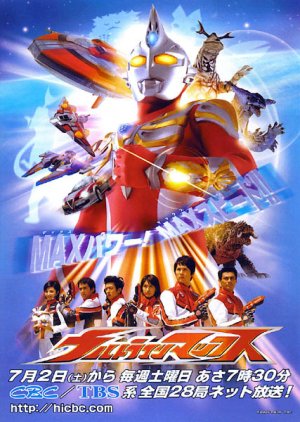 SUB
SUBUltraman Max
03/12/2021EP 40 -
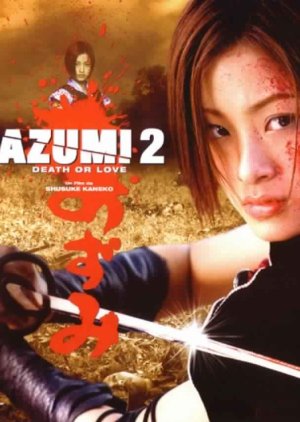 SUB
SUBAzumi 2: Death or Love
02/21/2021EP 1 -
 SUB
SUBThe Sacrifice Dilemma (2013)
12/25/2020EP 2 -
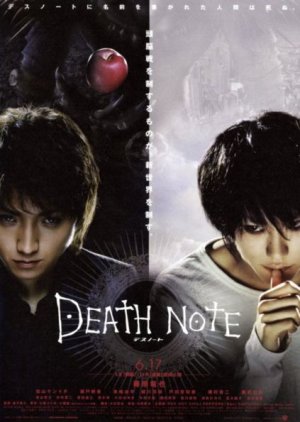 SUB
SUBDeath Note
05/27/2015EP 1 -
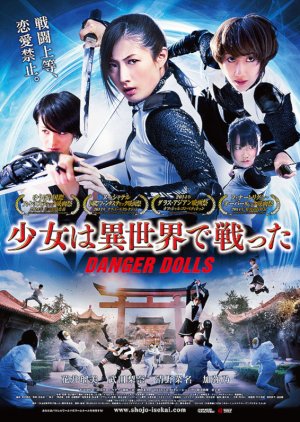 SUB
SUBDanger Dolls
02/03/2015EP 1 -
 SUB
SUBHolyland
11/24/2014EP 13
- Ongoing
- Completed
Recently Ongoing Drama
-
The Empress of Ayodhaya (2024)
-
The Legend of Nang Nak (2024)
-
The Sweetest Taboo (2024)
-
Scandal (2024)
-
The Brave Yong Soo Jung (2024)
-
My Merry Marriage (2024)
-
Fourever You (2024)
-
My Cherie Amour (2024)
-
Rosy Business Season 4: No Return (2024)
-
Glory of Love (2023)
-
The Double (Mini Drama)
-
Braveness of the Ming (2024)
-
Romance in the Alley (2024)
-
Love Game in Eastern Fantasy (2024)
-
Xi Bei Sui Yue (2024)
-
Smile Code (2024)
-
Ye Cheng Fu Zhi Li Sheng (2024)
-
Ye Luo Li Meng Qi Jing (2024)
-
Shang Xin (2024)
-
Whenever Possible Season 2 (2024)
-
Face Me (2024)
-
The Fevengers (2024)
-
Fangs of Fortune (2024)
-
I Am Not Your Enemy (2024)
-
Shameless Lover (2024)
-
RAP:PUBLIC (2024)
-
Fate's Crossing Nan & Ke (2024)
-
Agarwood Like a Dream (2024)
-
The Girl inside Me (2024)
-
Eccentric Romance (2024)
-
The Story of Pearl Girl (2024)
-
Baby Walkure Everyday! (2024)
-
Peaceful Property (2024)
-
See Your Love (2024)
-
Drag Race Thailand Season 3 (2024)
-
Sono Bisque Doll wa Koi wo Suru (2024)
Recently Completed Drama
-
Margaret & David Tie (2024)
-
You Are My Destiny (2024)
-
Aishiterutte, Iitai (2024)
-
Serpent's Path (2024)
-
Teasing Master Takagi-san (2024)
-
Confession (2024)
-
Blade of Fury (2024)
-
A Balloon's Landing (2024)
-
Ooku (2024)
-
Chinatown Cha Cha (2024)
-
Born for the Spotlight (2024)
-
Dirty Money (2024)
-
Through a Lens Darkly (2024)
-
Legendary Carpenter (2024)
-
Shinjuku Yasen Byoin (2024)
-
Geeks (2024)
-
Darkside of the Moon (2024)
-
Don't Come Home (2024)
-
Forensic Heroes VI (2024)
-
SIXTEEN
-
Billion x School (2024)
-
Sakura no Tou: Another Story (2021)
-
Hellbound Season 2 (2024)
-
The Dream Weaver (2024)
-
Youth Water Polo (2024)
-
Warau Shukujo (2024)
-
Veil of Revenge (2024)
-
Onmyoji 0 (2024)
-
Kyrie no Uta (2023)
-
Toshishita Kareshi 2 (2024)
-
Love Stuck (2024)
-
Ano Ko no Kodomo (2024)
-
Love in the Big City (2024)
-
Wannabe (2024)
-
Maruhi no Mitsuko-san (2024)
-
Haunted Universities Three (2024)













